Software plays an increasingly vital role in conservation, helping to protect and manage biodiversity through innovative technological solutions. It also facilitates collaboration among researchers, local communities, and governments, empowering them to develop sustainable conservation strategies. However, many of us working in conservation tech don't have the benefit of a large team of software experts to collaborate with or bounce ideas off of. We aim to change that.
This group is for anyone interested in applying software to conservation and wildlife research. Whether you're a developer eager to contribute to conservation or a newbie with valuable data and ideas but limited software experience, this group connects people with diverse expertise. It provides a space for asking questions, sharing resources, and staying informed about new technologies and best practices. We are also committed to supporting technologists and conservationists from the Global South, ensuring that everyone has access to the tools, knowledge, and opportunities to contribute meaningfully.
Our goal is to foster collaboration and avoid "reinventing the wheel" by sharing solutions, whether it's an application, design approach, or a simple script. We also aim to lower barriers to entry by offering mentorship and guidance and providing feedback on technical ideas. This supportive community is a place to learn, connect, and contribute to the advancement of conservation through software. Whether you're looking for software and mobile app developers to help you with your conservation tech needs, have questions about development, are looking for resources, or would like to share your own app, software, or gaming tools, this is the group for you!
Resources
Header photo: Trevor Hebert
Group curators
Wildlife Protection Solutions (WPS)
Software Engineer in Conservation Tech



- 2 Resources
- 15 Discussions
- 10 Groups
Wildlife Protection Solutions (WPS)
Director of Technology at Wildlife Protection Solutions. Primarily focuses on leveraging machine learning and advanced data analytics to combat poaching, monitor biodiversity, and predict environmental threats.
- 0 Resources
- 1 Discussions
- 5 Groups
Product management professional w/ 12+ years in software dev.
- 0 Resources
- 0 Discussions
- 3 Groups
- @stevef
- | he/him
Tech Matters
Project Director, Terraso.org (1000 Landscapes for 1 Billion People): open source software for farmers, ranchers & communities.
- 0 Resources
- 2 Discussions
- 4 Groups
St. Lawrence University
Professor of Biology at St. Lawrence University
- 0 Resources
- 2 Discussions
- 13 Groups
- @Edonga
- | He/His
Paul Edonga is from the Indigenous Pastoralist Tribes of Northern Kenya. A seasoned Leader in indigenous-led conservation of Endangered Beisa Oryx, African Small Antelopes their habitats & Dryland Forests. He's the founder of Save Beisa Oryx Community Resilience Trust-SBOC
- 0 Resources
- 1 Discussions
- 11 Groups
- @diego_lizcano
- | He/Him
Wildlife biologist interested in biodiversity monitoring and the conservation of mammals. Passionate photographer.
- 0 Resources
- 0 Discussions
- 7 Groups
Wildlife Protection Solutions (WPS)
Software Engineer at Wildlife Protection Solutions :D. My career goal is to use AI to restore the Earth's biodiversity. In my work I value efficiency, innovation, and sustainability.
- 0 Resources
- 1 Discussions
- 1 Groups
- @ecosystem2
- | he/him
- 0 Resources
- 0 Discussions
- 5 Groups
Max Planck Institute of Animal Behavior
- 0 Resources
- 2 Discussions
- 5 Groups
- @PrasadDWilagama
- | He/Him
Data Scientist | Full Stack Developer | AI ML Engineer | Lifelong Learner | Researcher | AI & MI |
- 0 Resources
- 0 Discussions
- 5 Groups
OpenForests
Back-end developer at OpenForests
- 0 Resources
- 1 Discussions
- 4 Groups
- @sruizguz
- | He / Him / His
Laboratory research technician at the Kitzes lab - University of Pittsburgh. My research focuses on acoustic monitoring for ecology and conservation.
- 0 Resources
- 0 Discussions
- 4 Groups
CEO of Anicare. Anicare produce next generation ear tag form tracking device for wildlife tracking


- 0 Resources
- 1 Discussions
- 6 Groups
When developing and deploying new technologies, something things do not go according to plan. The difficult road leading to success and the hard won lessons learnt along the way are seldom shared, and unfortunately more...
21 June 2017
In this From the Field interview, we speak to Eric Becker, a conservation technology engineer at the World Wildlife Fund US. He talks about his work in technology design and the key challenges he's experienced...
22 May 2017
Welcome to the first installment of a new series from the Wildlife Crime Tech Challenge in which we will be sharing updates from their 16 Prize Winners who are working to combat wildlife crime around the globe. This...
11 May 2017
Article
In 2016, Cambodia reached a landmark for marine conservation when a 405 km2 Marine Fisheries Management Area was declared around the islands of Koh Rong and Koh Rong Sanloem, creating the country’s first large-scale...
8 May 2017
In this From the Field interview, we speak to Dr. Raman Sukumar, a world renowned expert on Asian elephant conservation. He shares his thoughts on how technology could be used for mitigating elephant-human conflict, and...
5 April 2017
Are you ready for this year's #Tech4Wildlife Photo Challenge? In anticipation, we're counting down our ten favourite entries from last year. Do you think you can top these?
1 March 2017
The Conservation Leadership Programme (CLP) is a training and capacity building programme that targets individuals from developing countries who are early in their conservation career and demonstrate leadership...
21 November 2016
Technology by itself will not save pangolins or elephants, but it can help make major progress.
14 November 2016
Do you work on conserving Neotropical migratory birds? Do you need funding? Why not apply for a grant from the U.S. Fish and Wildlife Service through the Neotropical Migratory Bird Conservation Act's grant program? The...
8 November 2016
As a visiting research scholar with UNODC, Isla Duporge asked wildlife crime experts about their experiences using remote sensing technologies to combat illicit wildlife and forest activities. In this article, Isla...
7 November 2016
The Independent Evaluation Office of the Global Environment Facility is requesting Expressions of Interest from individual consultants to conduct remote sensing and geospatial analysis for Evaluation of Programmatic...
4 August 2016
The Sustainable Palm Oil Transparency Toolkit (SPOTT) is an online platform providing practical information for stakeholders in the palm oil supply chain. Alexis Hatto from the Zoological Society of London (ZSL) shows...
8 June 2016
June 2025
event
November 2025
December 2023
November 2023
event
46 Products
Recently updated products
| Description | Activity | Replies | Groups | Updated |
|---|---|---|---|---|
| I believe Monica Harris is the SMART partnership program manager - https://www.linkedin.com/in/monicabarcellosharris/. |
+11
|
Software Development | 3 years 9 months ago | |
| The depth of institutional support they have put together is impressive. I'm forwarding them to a student dev I know and will definitely keep them in mind to recommend to NGOs... |
|
Software Development | 3 years 9 months ago | |
| Hi all! If you are interested in technologies that help us all learn calls of the wild from audio recordings to have fun and inform... |
|
Software Development | 3 years 10 months ago | |
| Hi writer (I didn't get your name ;-), if you like we can talk for 30min or so to review your solution. There are a number of them out there, including our Cluey Data... |
|
Software Development | 3 years 11 months ago | |
| hi Louise, I don't know if you are still looking, but we've just become second (5 digits behind the comma ;-) at the iWildcam2021 Kaggle competition. We're currently... |
|
Software Development | 3 years 11 months ago | |
| Hi all, Wanted to share this new report on ecotourism before and during COVID-19, with ideas for sustainability in the future. One of... |
|
Software Development | 4 years 1 month ago | |
| @itsravenous I saw this too! It's on my to-buy list so I can see what they've done. It looks like a really nice game, very engaging :D |
|
Software Development | 4 years 3 months ago | |
| Hi all, check out this opportunity with WWF Singapore. https://www.linkedin.com/posts/michaelguindon_terms-of-reference-product-manager-... |
|
Software Development | 4 years 3 months ago | |
| You never mentioned the sporadic internet access constraint, Nadia; otherwise, I would have mentioned an addtional solution component to alleviate the problem. For nearly 3... |
|
Software Development | 4 years 3 months ago | |
| Dear Sue I hope your are good. We are a software company specilized in biodiversity informatics. We could have a chat. Cheers |
|
Software Development | 4 years 3 months ago | |
| The Key Conservation mobile engineering team is looking for a highly motivated React Native Engineer to help develop and... |
|
Software Development | 4 years 4 months ago | |
| Dear, I am Adrien Pajot, and I am currently working on AI and development for accoustic monitoring in an Open Source project. I would be really pleased to discuss with... |
|
Software Development | 4 years 4 months ago |
The Spatial Monitoring and Reporting Tool (SMART)
15 March 2016 12:00am
Ecotech Grants from the Captain Planet Foundation
18 February 2016 12:00am
Upcoming Courses on Coding
10 February 2016 12:00am
Playing with Complexity: Games and Systems Thinking
13 January 2016 12:00am
Can gaming help conservation? - Wildsense Tiger App
27 November 2015 11:01am
11 January 2016 1:29pm
Hi Aaron,
It's a great concept of using gaming for the benefit of conservation, but I do have one big question about Wildsense and tigers. Since poaching is one of the main threats to the 3,000 or so remaining wildl tigers, there are great risks involved with publicizing the location and timing of any tiger sightings.
Furthermore, this approach can probably only work for Bengal tigers, since other tiger species, such as Sumatran and Malayan, are very rarely sighted, even by the most dedicated conservationists ( or poachers), as their jungle habitat is so dense. For Bengal Tigers, there are already ventures for online monitoring and identificaton, such as Tigernation.org.
Good luck with your project. Barbara from BiodiversityBusiness.
11 January 2016 6:33pm
Hi Barbara,
You are right in that cyberpoaching is becoming an increasing risk. I have seen various cases where information posted on social media has provided too much information and then ended up in the wrong hands (e.g. http://www.army.mil/article/75165/Geotagging_poses_security_risks/).
We need to be careful about the accuracy of information that is disclosed. Providing an approximate time and location seems to be the most popular adopted approach.
Hacking is another issue. For example, I have seen research demonstrating the potential to gain unauthrised access to GPS collar data.
Our main focus has been the Bengal Tiger but we want to see how much we can learn about other tigers as well. Our end goal is to support a range of animal species.
P.S. I am pleased that you are aware of http://www.tigernation.org - I co-founded it :)
Mobile Phone Reporting for Rapid Wildlife Health Response in Uganda
22 December 2015 12:00am
Gaming for Good: Minecraft and Quiz Up
3 December 2015 12:00am
Case Study: Gaming for Good with Runescape and Angry Birds
26 November 2015 10:55am
Gaming for Good: Runescape and Angry Birds
25 November 2015 12:00am
From Data Collection to Decisions
6 November 2015 12:00am















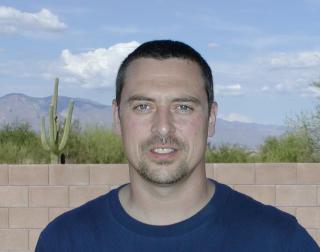



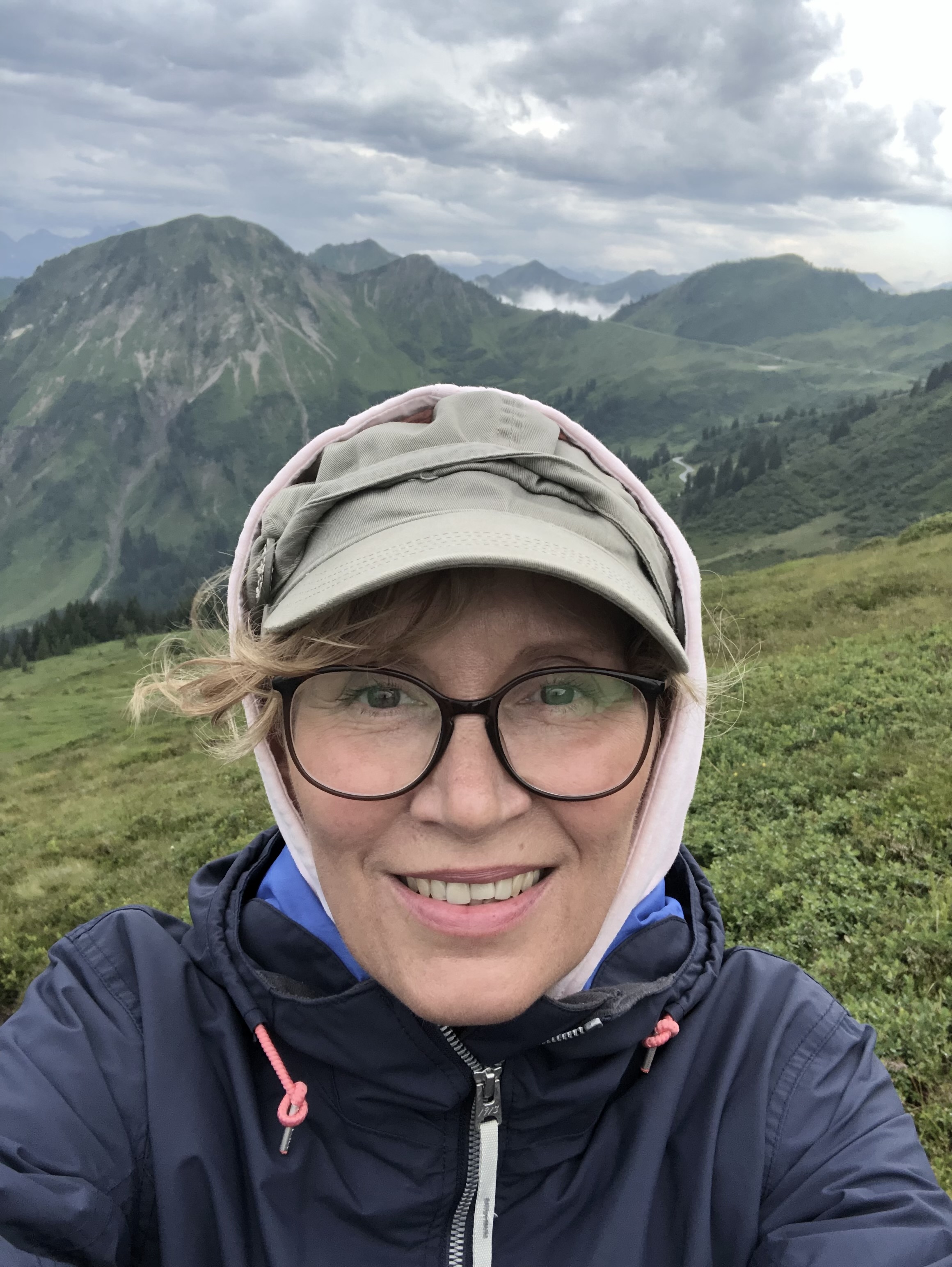











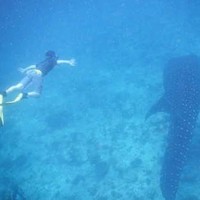



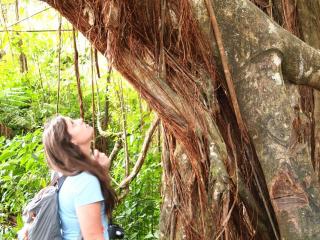


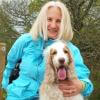
28 December 2015 7:09pm
Hi Steph,
Thanks for your message. I would be delighted to answer your question about Wildsense.
You are correct that our aim is to do a lot more than raise awareness and engange citizens with our Wildsense Tigers game.
We are using images from a range of image sharing websites that have been uploaded by people online and publicly shared. Each photograph contains valuable information that often includes the time and location that the photograph is taken. If we can understand when a photo was taken, where it was taken, and the individual animal in the photograph, then we can start to build up a picture of the movement of individuals. We are benefiting from people power from the users that are both indirectly uploading photographs online and also directly interacting with our Wildsense game. We are combining this with computing power with our data analysis, computer vision and machine learning software.
We are doing this experiment on a large scale and we believe that "the wisdom of the crowd" will enable us to gather and analyse enough information so that we can build an accurate picture. We started with wild tigers and our plan is to create a platform that can be used for other species as well. We are working on other animals already behind the scenes.
I hope that answers your question.
Best wishes,
Aaron Mason